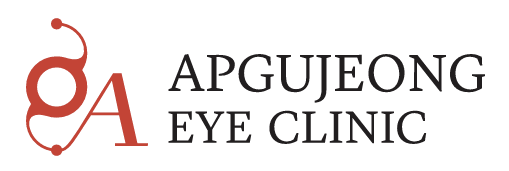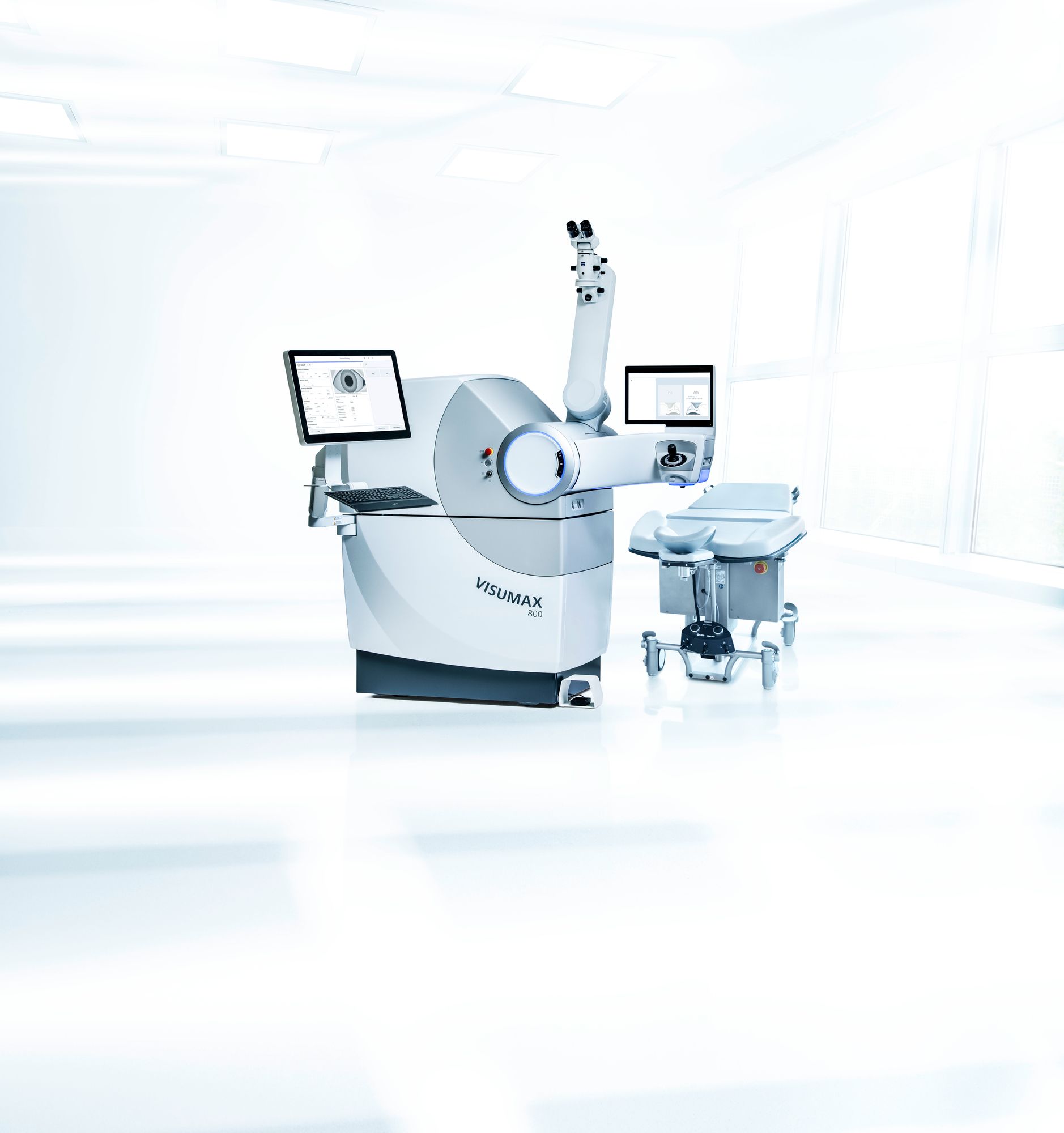LASIK After 40 in Korea | Vision Options for Aging Eyes
LASIK After 40: Vision Correction Options for Aging Eyes in Korea
Turning 40 often brings a shift in vision needs. Even if you had perfect eyesight in your 20s or 30s, presbyopia (age-related near vision decline) may start creeping in. In Korea’s advanced eye centers, the options for vision correction after 40 now go beyond standard LASIK.
Here’s how Korea’s clinics handle LASIK and alternative procedures for patients over 40:
Understanding the Vision Changes After 40
- Presbyopia begins to reduce your ability to see nearby objects clearly, even if distance vision remains good.
- You might already use reading glasses or multifocal contacts.
- Some early cataracts or changes in lens flexibility may subtly influence your refractive options.
These age-related changes mean your surgeon must account for both distance vision correction and near vision needs when recommending procedures.
LASIK After 40: What’s Different?
Standard LASIK still works for many over 40—but with caveats:
- Distance vision correction is largely the same as in younger patients (provided your eyes are healthy).
- Near vision (reading) won’t be fully resolved by LASIK alone—presbyopia still needs to be managed.
- Surgeons may create a mini-monovision plan (one eye optimized for distance, the other slightly for near) to reduce dependence on reading glasses.
Many Korean eye centers offer these nuanced customization plans for 40+ patients to balance sharp distance vision with practical near vision.
Procedural Options After 40 in Korea
Here are common vision correction strategies Korean clinics recommend for patients over 40:
- Customized LASIK with Monovision
LASIK for distance in dominant eye; slight undercorrection in non-dominant eye for near. Many patients adapt well and reduce the need for readers. - Laser Blended Vision / Presby-LASIK
Advanced laser profiles that extend depth of focus to help near vision without fully splitting between distance and near. - ICL (Implantable Contact Lens) & Monovision Combo
Use ICL for distance vision if high prescription or weak corneas, combined with monovision planning to address near vision. - Refractive Lens Exchange (RLE) / Clear Lens Exchange
The natural lens is replaced with a multifocal or accommodating intraocular lens (IOL). This addresses both distance and near vision. It’s more invasive but may be ideal if early cataract exists.
Pros & Considerations in the 40+ Age Range
Pros
- Korean clinics are experienced in advanced diagnostics and customizing monovision or blended solutions.
- Faster recovery from corneal-based procedures than full lens swaps.
- You may gain better overall functional vision when near & distance work together.
Considerations
- Some compromise in stereopsis (depth perception) with monovision approach.
- You may still need reading glasses for very fine print or in low light.
- Lens-based surgery (RLE) carries more intraocular risk (e.g., cataract surgery risks).
- Lifelong monitoring is important—eyes continue to age.
Recovery, Expectations, & Aftercare for 40+ Patients
- Healing is similar to younger patients for LASIK/ICL, but your visual system may take a bit longer to adapt.
- Expect early adjustment symptoms (glare, halos, depth shifts) especially if monovision is used.
- Follow-up care is critical: regular checks for dry eye, cataract changes, or lens shifts.
- Bring your prior eye history (especially early cataract signs) for your screening.
Cost & Value in Korea for 40+ Procedures
Because of customization and combined procedures, pricing may run higher than standard LASIK:
- Monovision LASIK or Presby-LASIK typically carries a surcharge above standard LASIK pricing
- ICL + monovision or Refractive Lens Exchange are more expensive due to implant cost and surgical complexity
- Clinics often bundle premium diagnostics, follow-ups, enhancements for aging eyes
Though pricier, these customized solutions often provide better life-quality value—reducing dependence on multiple glasses or boosting vision across distances.
How to Choose the Best Clinic in Korea After 40
- Ensure the clinic offers depth-of-focus & presbyopic laser profiles
- Ask if they do monovision trials to test how well your brain can adapt
- Confirm they perform lens density / early cataract assessments
- Check their enhancement policies and options for lens-based fallback
- Prefer clinics that serve many international patients with robust aftercare and support
Final Thoughts
At 40+, vision correction is more than just achieving 20/20 distance. It’s about balancing distance, near, and eye comfort for long-term satisfaction. In Korea, you have access to sophisticated combinations—LASIK, monovision LASIK, ICL with monovision, or even lens exchange options—tailored to aging eyes.
If you like, I can also prepare a comparison article: “Best 40+ Vision Solutions: LASIK vs ICL vs Lens Exchange in Korea” for your site. Do you want me to get that ready?



